Barbra Streisand
影歌双栖女星,推出过超过50张专辑,制、编、导、演的影片也有20多部,千禧年演唱会更是一票难求,可说是宝刀未老。从小就立志当明星的她,生长在布鲁克林区的犹太家庭。18岁在夜总会举办的歌唱比赛获胜,开始演唱生涯,并参加外百老汇演出,慢慢在圈中闯出名号。1962年首度在百老汇登台,便赢得“纽约剧评家奖”。1964年主演歌舞剧《妙女郎》,将她推上剧坛巨星地位。4年后此剧拍成电影,芭芭拉顺利当上女主角,也让她抱回一座奥斯卡女主角奖。其后她几乎一年一部推出歌舞片和喜剧,直至1983年她一手包办制、编、导、演的《杨朵》,成绩不凡,获得多项奥斯卡提名。其后再自导自演的《潮浪王子》与《越爱越美丽》(离谱恋曲)也广受好评。 史翠珊和当演员的前夫埃利奥特·古尔德(Elliott Gould)生有一个儿子詹森·古尔德,她现在的丈夫是演员詹姆斯·布罗林。在漫长的表演生涯中,史翠珊先后获得过无数奖励,包括2项奥斯卡奖、5项艾美奖,8个金球奖、3次人民选择奖、2个电影水晶女人奖、2次美国作曲家、作者与出版者协会电影电视音乐奖。另外,她还得过一次美国电影协会奖和Cecil B. DeMille奖。Barbra Streisand's status as one of the most successful singers of her generation is all the more remarkable not only because her popularity has been achieved in the face of a dominant musical trend — rock & roll — which she did not follow, but also because, despite an amazing singing voice that has enthralled practically anyone who has heard it, she has always used singing as a mere stepping stone to other careers, as a stage and film actress and as a film director.Streisand struggled briefly as an actress and nightclub singer in New York in the early '60s before landing her first part in a Broadway show, I Can Get It for You Wholesale, in 1962. The cast album for that show and a subsequent appearance on a studio revival of Pins and Needles were her first recordings. Signed to Columbia Records, she released her first album, The Barbra Streisand Album, in 1963. It became a Top Ten, gold-selling record, turning Streisand into one of the best-selling recording artists of the early '60s.But despite three successful albums by early 1964, Streisand turned her back on potentially lucrative concert bookings in favor of a starring role in the Broadway show Funny Girl, in which she appeared for more than two years. "People" from that show became her first Top Ten single, and the People album her first chart-topping LP. She turned to television in 1965 with My Name Is Barbra, the first of five network specials. In 1967, Streisand went to Hollywood to film Funny Girl, for which she would win an Academy Award. But by 1970, with her second and third films flops and her recording career flagging in the face of rock, she seemed consigned to Las Vegas before turning 30. Instead, she returned to hit-making with a Top Ten cover of Laura Nyro's "Stoney End" and a successful non-singing performance in the comedy The Owl and the Pussycat.In the 1970s, Streisand successfully married her musical and film acting interests, first in The Way We Were, a hit film with a theme song that became her first number one single, and then with A Star Is Born, which featured her second number one single, "Evergreen," a song she co-wrote. From that point on, every album she released sold at least a million copies. In the late '70s, she found recording success in collaboration: her duet with Neil Diamond, "You Don't Bring Me Flowers," hit number one, as did "No More Tears (Enough Is Enough)," a dance record sung with Donna Summer. She had her biggest-selling album in 1980 with Guilty, which was written and produced by Barry Gibb of the Bee Gees and contained the number one hit "Woman in Love." In 1983, Streisand's first directorial effort, Yentl, became a successful film with a Top Ten soundtrack album. In 1985, The Broadway Album returned her to the top of the charts. 1991 saw the release of Just for the Record..., a boxed set retrospective, and her second film as a director, The Prince of Tides. Streisand returned to the concert stage in 1994, resulting in the Top Ten, million-selling album The Concert. In 1996, she directed her third film, The Mirror Has Two Faces, and in 1999 she released A Love Like Ours. The 2000 album Timeless: Live in Concert was recorded at her Las Vegas show on New Year's Eve 1999 and released on both CD and DVD. A year later, the new holiday album Christmas Memories arrived, then a sequel to The Broadway Album, The Movie Album, appeared in 2003. In 2005, a deluxe CD/DVD reissue of the original Guilty was followed a month later by Guilty Pleasures, a new album that reunited Streisand with Gibb. In 2006 she returned to the concert stage, documented in the 2007 Sony release Live in Concert.


 Woman In Love - Barbra Streisand
Woman In Love - Barbra Streisand


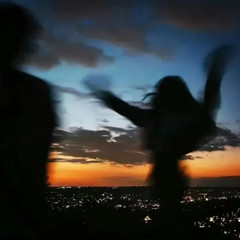



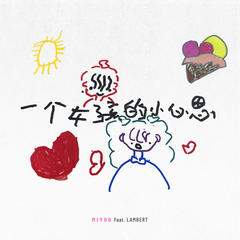

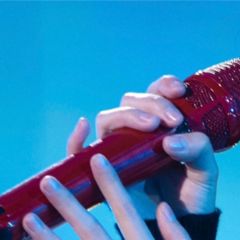
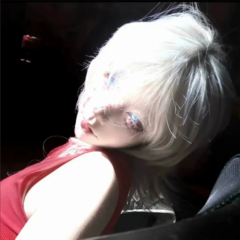
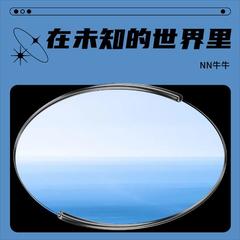

















![[STATION] aespa《Dreams Come True》MV Teaser - aespa (에스파)](https://img2.kuwo.cn/wmvpic/324/79/54/2120387380.jpg?imageView2/1/w/195/h/130/format/jpg/q/60)





